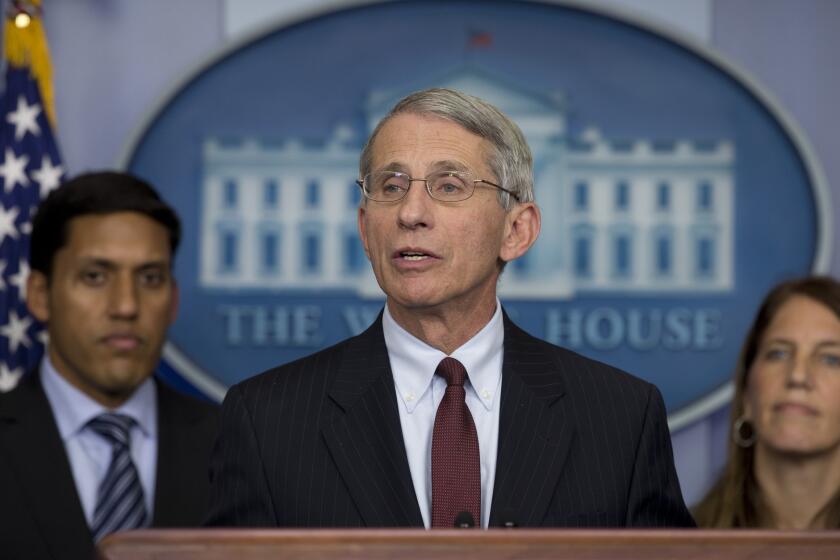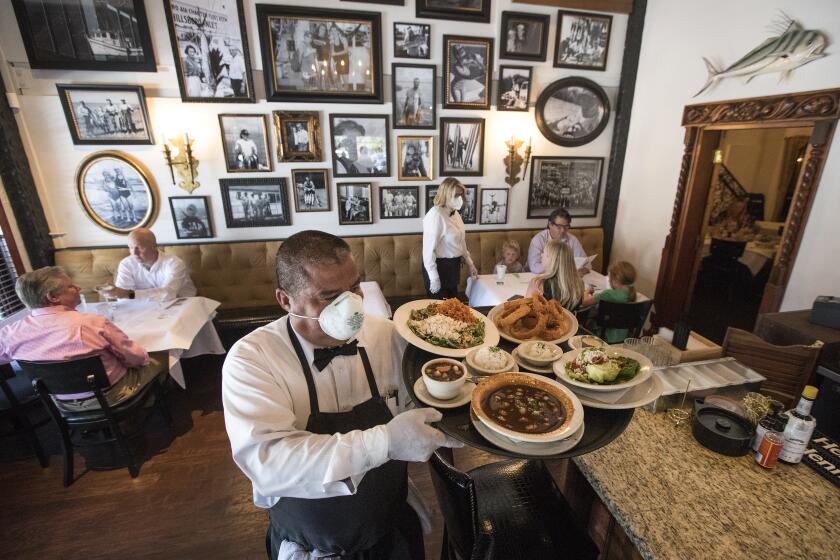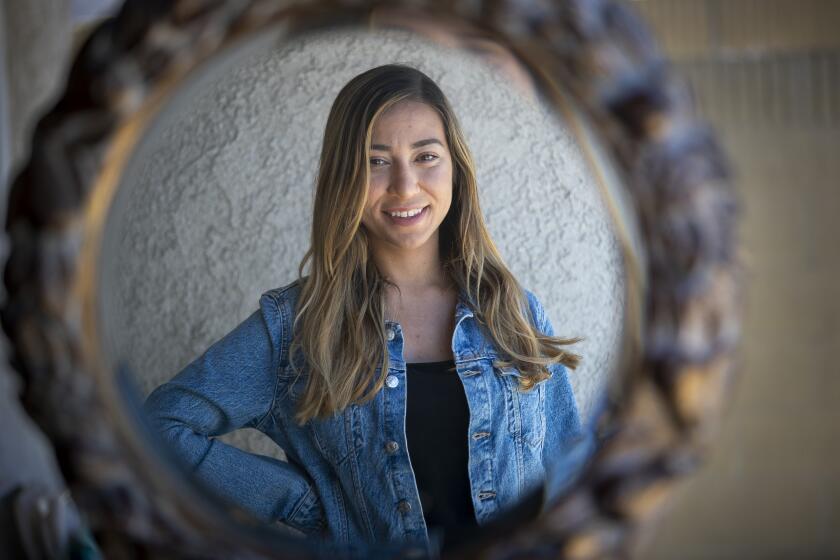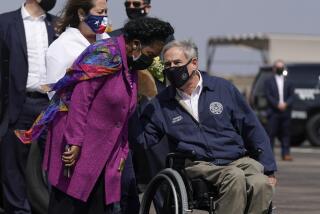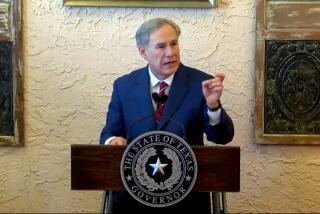Wisconsin Supreme Court rejects stay-at-home order as patchwork of coronavirus rules grows
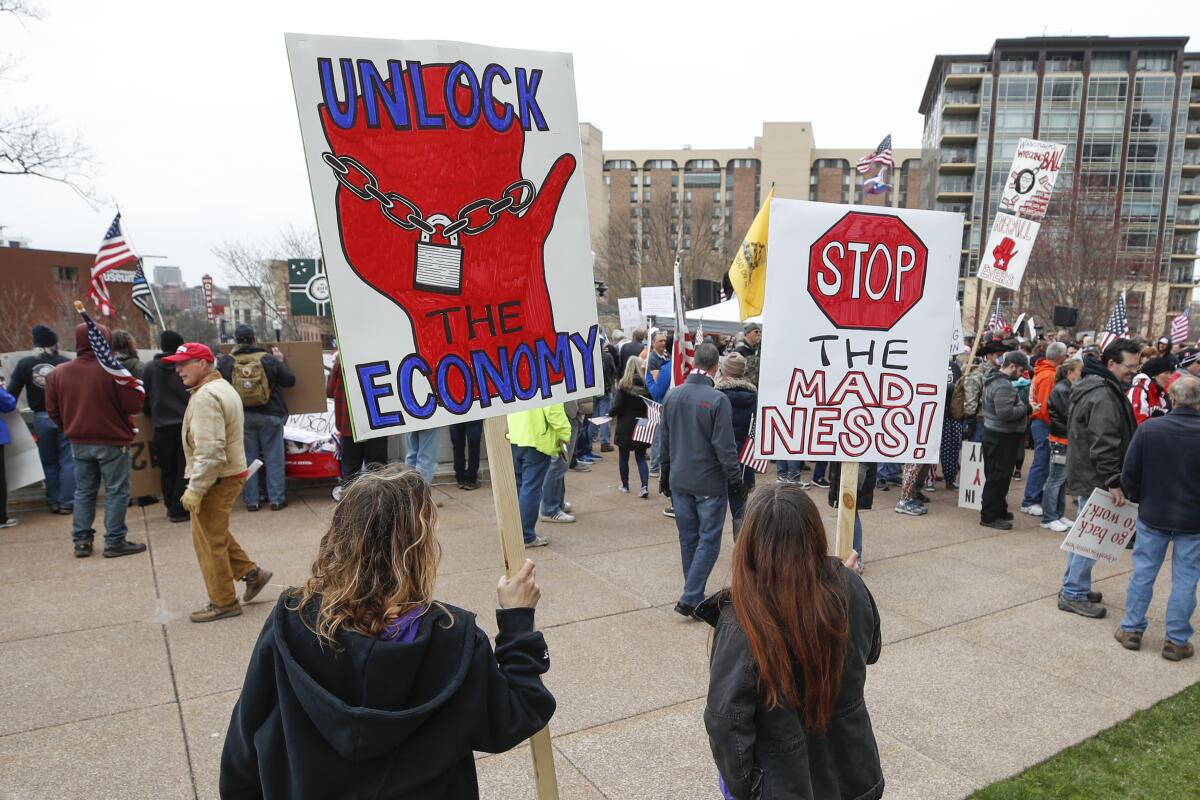
- Share via
The Wisconsin Supreme Court on Wednesday struck down the state’s stay-at-home order, ruling that the governor’s administration overstepped its authority when it shut down schools and nonessential businesses through the end of May to slow the spread of the coronavirus.
The 5-4 decision by the conservative court, which called the order “invalid” and “unenforceable,” gives Democratic Gov. Tony Evers until May 20 to come up with an alternative plan with the Republican-controlled state Legislature. If there’s no agreement, it could be left up to individual counties to decide on their own rules.
The ruling, a major win for state Republicans who have pushed for reopenings, adds to a growing national patchwork of regulations governing where residents can go and what they can do as different regions lift some restrictions and clamp down on others.
In New Jersey, residents can go to drive-in movies, church services and other “gatherings of vehicles” starting Wednesday, and curbside retail will resume within days, the governor announced.
In Louisiana, restaurants can open their doors over the weekend to a quarter of their former capacity, with reservations-only dining in New Orleans.
But in northern Virginia, the governor has put into place two more weeks of stay-at-home rules as other parts of the state reopen. Across the Potomac in Washington, D.C., the mayor is continuing restrictions until at least June 8.
The disjointed rules come as the U.S. death toll from the COVID-19 pandemic continues to grow, with health experts warning that it’s dangerous to fully reopen before there is widespread testing and contract tracing.
“There is a real risk that you will trigger an outbreak that you may not be able to control,” Dr. Anthony Fauci, director of the National Institute of Allergy and Infectious Diseases, said in testimony to a Senate committee this week. Cities and states, he said, may end up “turning back the clock” if they relax restrictions too soon, causing more deaths and job losses.
Dr. Anthony Fauci, departing from Trump’s line, warns Congress that reopening too soon during the coronavirus outbreak could trigger new outbreaks.
“There is no doubt, even under the best of circumstances, when you pull back on mitigation you will see some cases appear,” Fauci told the Senate Health, Education, Labor and Pensions Committee. He also suggested it was too early to decide on reopening schools when there’s no vaccine.
President Trump, who has acknowledged the growing death tolls but pushed for states to reopen, criticized Fauci on Wednesday, saying the doctor did not give an “acceptable answer” on schools or wider reopenings.
“I was surprised by his answer, actually,” Trump said.
“It’s the governors’ choice, but their state is not open if the schools are not open,” the president said to reporters as he met with the governors of Colorado and North Dakota at the White House.
More than 84,000 people in the U.S. had died from COVID-19 as of Wednesday afternoon, according to Johns Hopkins University. Nearly 1.4 million people have tested positive for the novel coronavirus.
Federal officials and health experts believe both numbers undercount the real toll of the virus. That’s because not all who are sick get tested, including most who are asymptomatic, and not all deaths from the virus have been accurately counted.
According to new projections this week from the Institute for Health Metrics and Evaluation at the University of Washington, deaths each day could decline to under 100 by August with increased testing and social distancing efforts. Yet the institute also predicted 60,000 more deaths by then, an increase from its previous projection that accounts for more contact among people in states that are opening up their economies.
Georgia lifts many coronavirus-related restrictions, allowing gyms, hair salons, tattoo parlors and bowling alleys to reopen Friday.
The warnings haven’t stopped dozens of states from moving forward with openings. The moves come despite the fact that the vast majority of states have not met the White House’s guidelines that say there should be a two-week decrease in cases of the coronavirus before relaxing stay-at-home rules.
In Florida, one of the first states to cut back on its restrictions, including opening beaches last month, Gov. Ron DeSantis took a further step Monday by inviting sports teams to visit the state again.
“We want to have the basketball practicing again; we would love to have the Major League Baseball, and I think the message is that our people are starved to have some of this back in their lives. It’s an important part of people’s lives,” the Republican governor said.
In Iowa, Gov. Kim Reynolds, also a Republican, said Monday that the entire state would start getting back to normal by Friday, with restaurants, gyms and salons able to open with lower capacity and increased sanitation requirements. Of the state’s 99 counties, 77 have already resumed business.
“With everyone working together, we can and must reopen our economy. We can restart in a stable, safe and responsible way,” Reynolds said at a briefing. “And we can slow the spread, protect the health of Iowans and their livelihood, and protect the healthcare system in the long run.”
In Texas, where Republican Gov. Greg Abbott ended a stay-at-home requirement this month, Atty. Gen. Ken Paxton has threatened lawsuits against Democratic officials in Austin, Dallas and San Antonio for restrictions still in place in the cities, including mask requirements and limits on houses of worship.
“We trust you will act quickly to correct mistakes like these to avoid further confusion and litigation challenging the county’s and city’s unconstitutional and unlawful restrictions,” Paxton wrote to the mayor of Austin.
In New York City, the worst-hit part of the nation, Mayor Bill de Blasio struck an optimistic but cautious tone on Monday.
“Let’s double down on the things that are working so we can have more of the good days, and start to string them together and move towards the first steps in our restart,” De Blasio said.
The Democratic mayor described the daily number of people admitted to hospitals — 78 — as “a lot better” than it once was, but said, “We still need to see it go down.” The number of patients in ICU units — 561 — was still higher than what’s needed to safely reopen activities, he said.
De Blasio added that the daily percentage of people who tested positive had dropped, from 14% to 13%.
“That’s the good news today,” he said.
During the coronavirus outbreak, people with conditions like diabetes and kidney disease are adapting their medical routines to avoid exposure.
More to Read
Sign up for Essential California
The most important California stories and recommendations in your inbox every morning.
You may occasionally receive promotional content from the Los Angeles Times.

